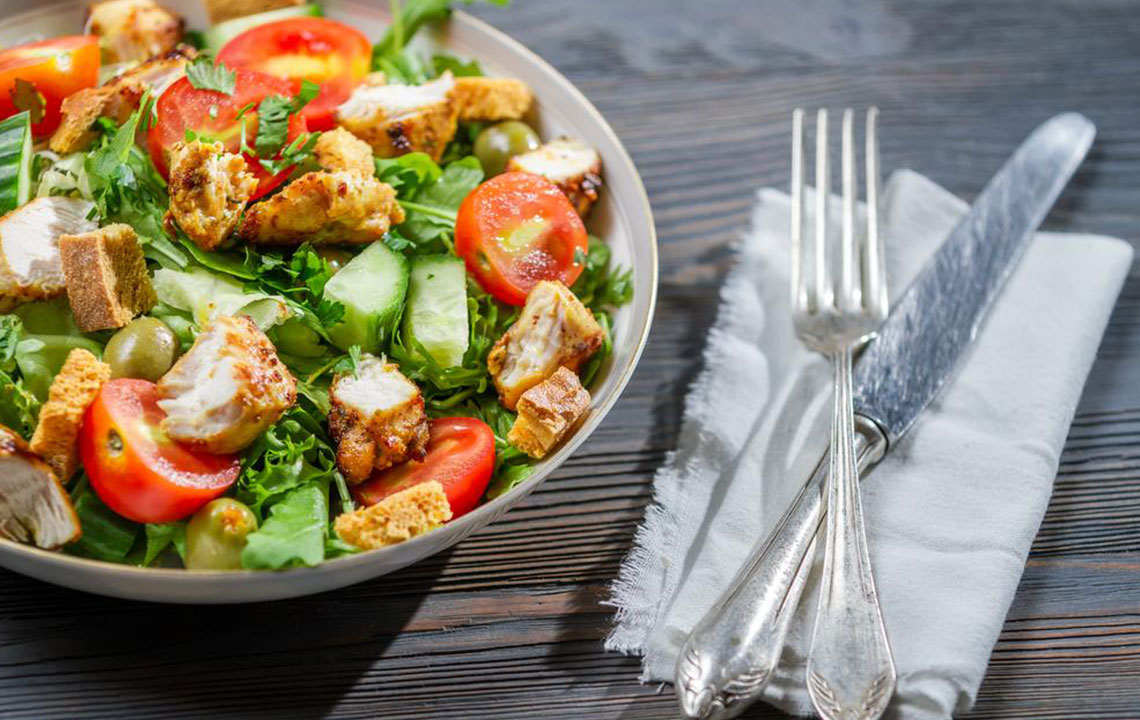Do’s and Don’ts of Kidney Disease Diet Plan
Kidney disease weakens your kidneys, and they no longer work as efficiently they are supposed to. Reasons that affect the kidneys can be many, but one thing is common for all people who are suffering from kidney diseases is they should watch what they eat.
Your diet goes a long way to protect your kidneys, and in turn, you can get saved from other diseases like high blood pressure and diabetes.

The Kidney disease diet plan should be chalked out very carefully, and if you have had a kidney transplant or are on dialysis, your doctor can give you the best diet plan.
Let’s see the diet Do’s and Don’ts for people with kidney problems. Before you know what to include in your diet, consider the foods that you must restrict to keep your kidneys better functioning for longer.
Foods to avoid:
Sodium: Limit sodium or salt intake in your food. If you are buying packaged food, read the label for salt and monosodium glutamate content. It’s always better to pick foods that are low in salt or free from added salt. That means most common snacks like chips, popcorns, salted peanuts are out of your diet list. Canned foods contain a lot of salt in the form of preservatives. It’s better to include fresh poultry and meats in your meals replacing the preserved versions.
There are many ‘lite salts’ on the market shelves, but before you pick one, take your doctor’s advice because these are often high on potassium which is again included in the ‘To avoid’ list of kidney disease diet plan.
Protein: A weak kidney cannot handle too much of protein. Excess protein in your diet can cause stress to the organ. At the same time, a little bit of protein is also required to help the body gain strength and to fight infections. Milk, cottage cheese, Greek yogurt, meat, poultry, seafood, almonds, lentils, oats, barley are all protein-rich foods. It’s advisable to consult your medical provider to know exactly what the best amount of protein is for you in your daily diet.
Phosphorus: Watch the amount of phosphorous you eat. Extra phosphorous built up in the blood cannot be flushed out by your kidneys which may lead to weak bones due to loss of calcium. To cut down on phosphorous intake, avoid eating many dairy products, nuts, beans, beer, carbonated drinks and whole grains.
Potassium: Banana, potato, sweet potato, tomato sauce, beetroot, watermelon, butternut squash, black and white beans, yogurt are some foods that are potassium-rich. How much potassium you require in your diet and what you should abstain from including your diet can be best judged by your healthcare provider depending upon your disease and potassium levels in your blood.
Liquids: This varies for everyone, depending on the stage of the kidney disease. Consult your doctor to know the right amount of liquid intake for you. Excess intake of liquids may result in swelling, fluid buildup in the lungs and other related discomforts.
Foods to Include:
There are several fruits, vegetables, proteins, nuts and cereals that can be included in a kidney-friendly diet plan.
Apples: You can include apples in varied forms in your diet. Eat them raw, stew them, drink their juice, make apple sauce or include this versatile fruit in any way that you want in your meals.
Strawberries: Strawberries are packed with antioxidants and are a great source of vitamin C. This fruit can is highly adaptable too, as you can eat them raw, turn them into smoothies, eat with cereals or use them in desserts.
Cherries: Cherries are not only good for kidney disease patients but also help other ailments. If you have joint pain, poor sleeping quality, gout, heart disease, diabetes, cherries can be recommended in the diet plan. However, these red, delicious fruits have high potassium content, so you need to be cautious and discuss with your medical provider. Cherries can be eaten raw, made into sauce, served with desserts, turned into shakes and juice, added to salads.
Egg whites: Egg whites are high in protein but provide protein with less phosphorus compared to other sources of protein. Use egg whites to make omelets, sandwiches, snacks, or eat the white from boiled eggs in snacks and salads.
Cabbage: Cabbages are a good source of vitamin K, C, B6, folic acid and fiber and are low in potassium. It is a great vegetable for people with kidney disease. Add cabbage to salads, snacks, meat, side dish and vegetable recipes.
Ginger: This root is a spice and is used in traditional medicines too. It is a rich source of magnesium, manganese and Vitamin B6.
Coriander: This is another great option for flavoring your food if you have kidney disease. Coriander leaves, whole, and powdered seeds can be used as seasoning.
Walnut: This is a great food for heart, brain, skin and the overall body! Add walnuts in cakes, salads, desserts as they are a wonderful source of copper, biotin, zinc, iron, omega 3, magnesium and Vitamin E.